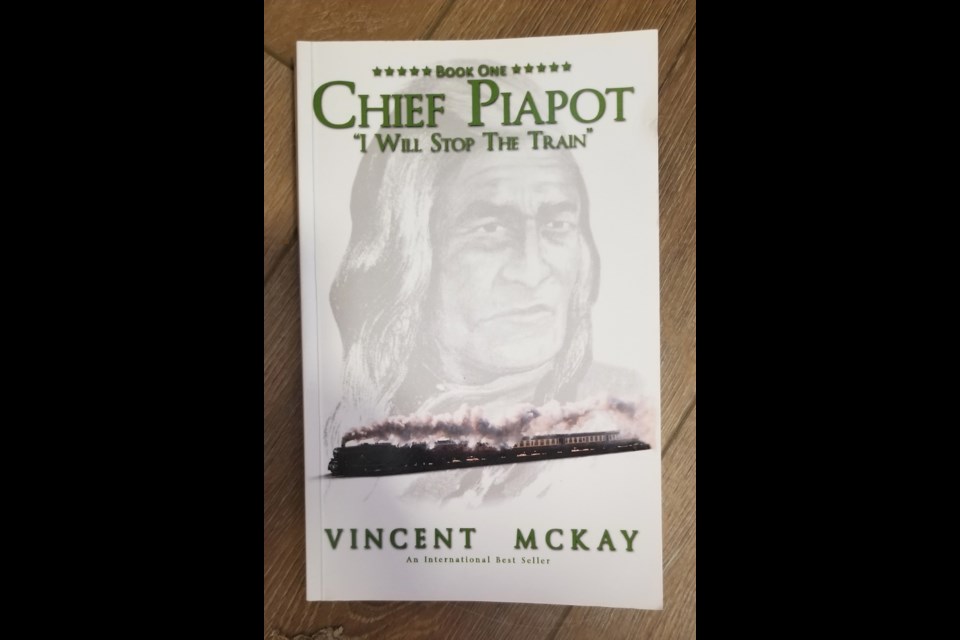On Saturday, Sept. 30, Canadians consider the effects of colonization on Indigenous people and the ongoing reconciliation that must follow. This week, riders from Waywayseecapo, Birdtail Sioux, Canupawakpa and Sioux Valley are conducting their annual Every Child Matters event that pauses at Birtle and Elkhorn Residential School sites and culminates on Truth and Reconciliation Day at the Brandon Residential School site.
Those looking to expand their knowledge of Canadian history need to expand their knowledge of colonization across the prairies. For readers who prefer an easier read than that found in academic journals, two recent accounts fit the bill. Both are written as novels and contain rich detail about prairie life of the Assiniboine, Cree, Sioux and Blackfoot tribes in those turbulent times.
Chief Piapot: “I will stop the train” by Vincent McKay reveals the struggles and achievements of this major leader of the Plains Cree. McKay’s Assiniboine grandmother was a niece of Chief Piapot and her stories about the chief’s exploits provided many of the details found in the book.
Young Piapot and his grandmother were captured by Sioux warriors while fleeing a village that had been infected with smallpox by a white trader. The boy grew up with the Sioux until he and his grandmother were rescued by Cree warriors raiding the Sioux camp to steal their horses. Over the years his vision for the future of his people and his determination to gain them an independent homeland made him their most influential spokesman. He engaged in hard bargaining with traders, the Northwest Mounted Police, the army and the Canadian government. The book follows Piapot until his death in 1908.
Valley of the Birdtail by Andrew Stobo Sniderman and Douglas Sanderson (Amo Binashii) tells the story of how two communities in southwest Manitoba became separate and unequal—and what this means for the rest of us. Divided by a beautiful valley and 150 years of racism, the town of Rossburn and the Waywayseecappo Indian reserve have been neighbours nearly as long as Canada has been a country.
In Rossburn, which was once settled by Ukrainian immigrants fleeing poverty and persecution, family income is near the national average and more than a third of adults have graduated from university. In Waywayseecappo, the average family lives below the national poverty line and less than a third of adults have graduated from high school. Many are survivors of residential schools.
The book’s publisher, Harper-Collins says Valley of the Birdtail follows multiple generations of two families, one white and one Indigenous, weaving their lives into the larger story of Canada. It is a story of villains and heroes, irony and idealism, racism and reconciliation.



